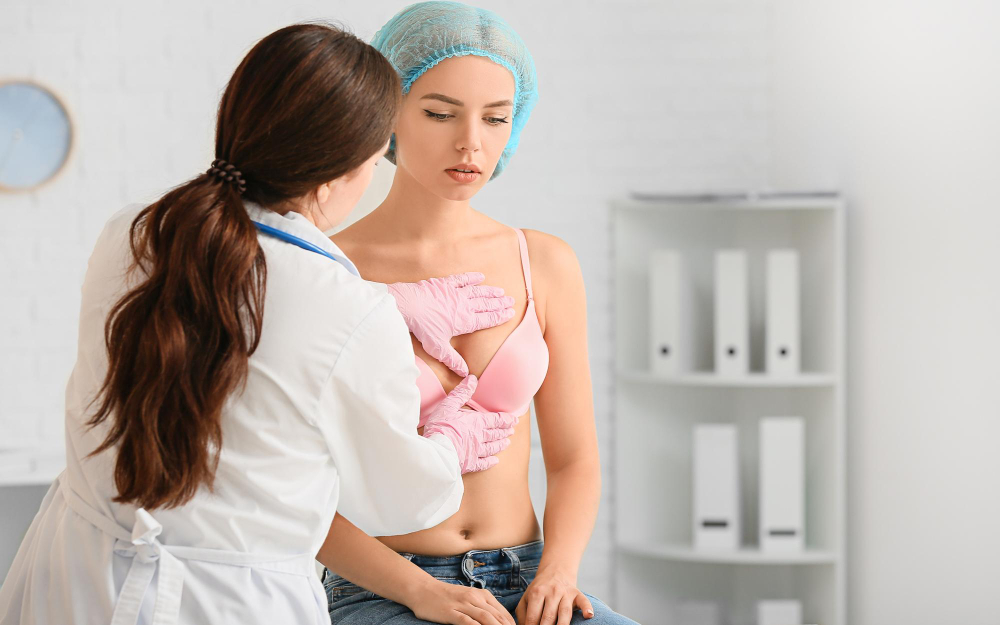What is Fibroadenoma?
Fibroadenoma is a common type of benign breast lump. This means it is not cancer. Many women, especially those under 35, may find a fibroadenoma during a self-exam or a doctor’s visit. Although it can feel scary to find a lump, most fibroadenomas are harmless. However, it is important to know the facts about fibroadenoma, its symptoms, diagnosis, and treatment options.
Common Symptoms of Fibroadenoma
Most fibroadenomas do not cause pain. Still, you may notice some changes in your breast. For example, you might feel a lump that:
Sometimes, the lump may grow or shrink over time. But usually, it stays the same size. If you notice any new breast lump or change, you should talk to your doctor.
Causes and Risk Factors
Doctors do not know the exact cause of fibroadenoma. However, hormones like estrogen may play a role. Because of this, fibroadenomas are more common in young women. Some risk factors include:
Although fibroadenomas are not linked to breast cancer, it is wise to monitor any changes.
How Fibroadenoma is Diagnosed
Doctors use several steps to diagnose a fibroadenoma. First, they will ask about your symptoms and do a breast exam. Next, they may order tests such as:
According to the CDC and WHO, these tests are safe and help doctors make the right diagnosis.
Treatment Options for Fibroadenoma
Many fibroadenomas do not need treatment. Often, doctors will watch the lump with regular check-ups. However, treatment options may include:
Each case is different. Therefore, your doctor will help you choose the best fibroadenoma treatment option for you.
Lifestyle Tips and Prevention
While you cannot always prevent fibroadenoma, you can take steps to keep your breasts healthy. For instance:
These habits support your overall health and may help you notice changes early.
When to See a Doctor
It is important to talk to your doctor at Revive Multispeciality Hospital if you notice:
Early evaluation helps rule out serious problems and provides you with peace of mind.
In summary, fibroadenoma is a common and usually harmless breast lump. Still, regular check-ups and self-care are important. Consult a specialist at Revive Multispecialty Hospital for personalized guidance and care.



